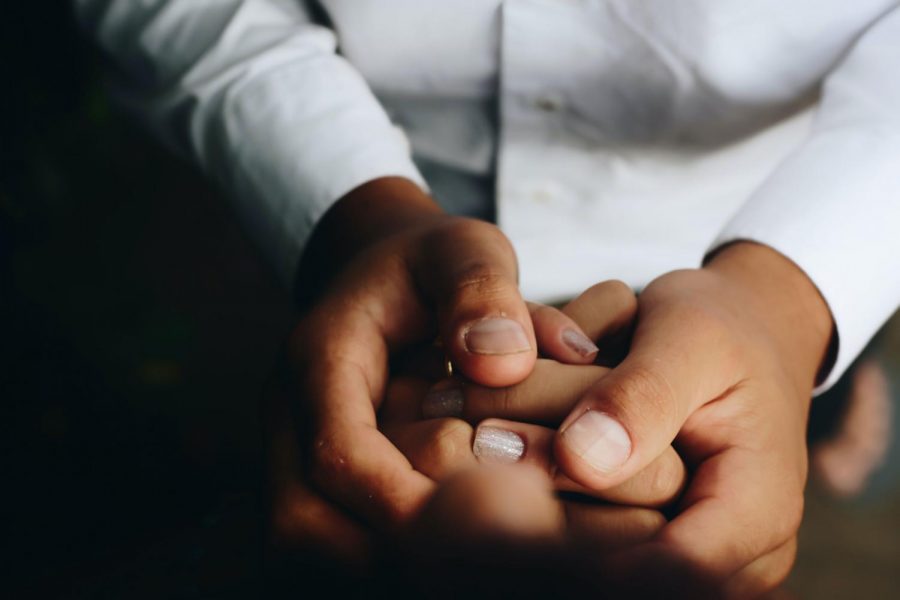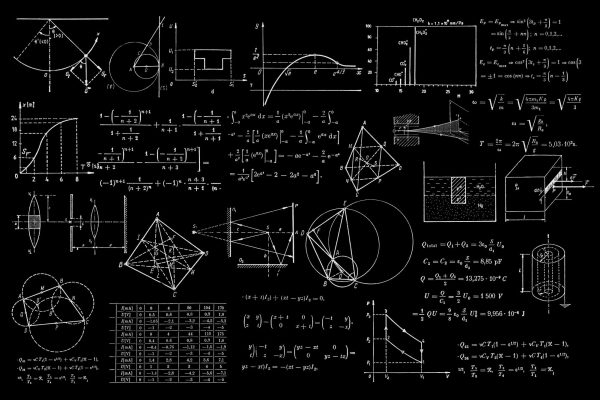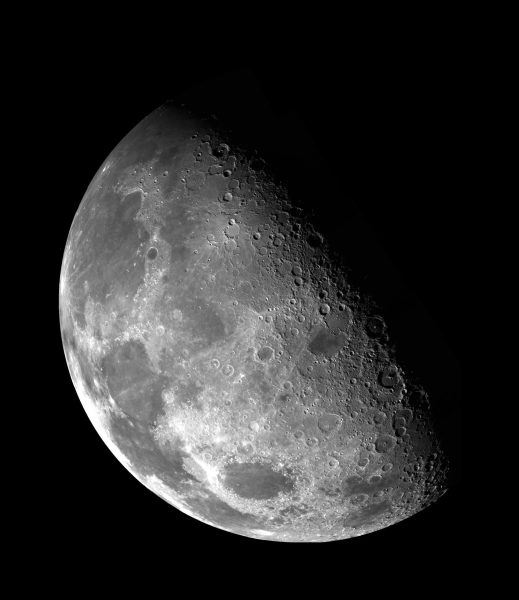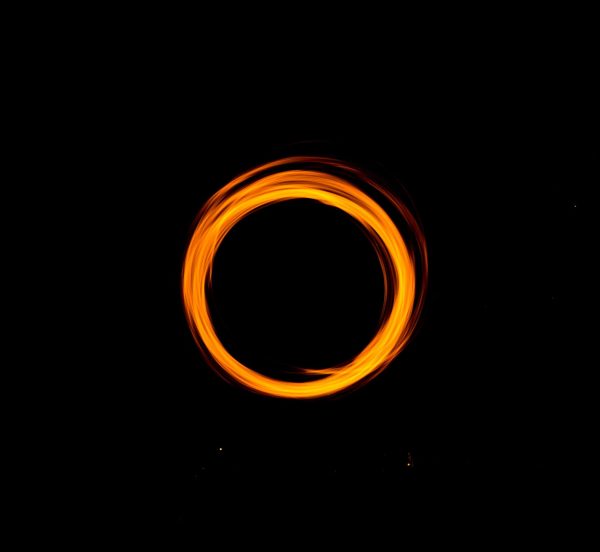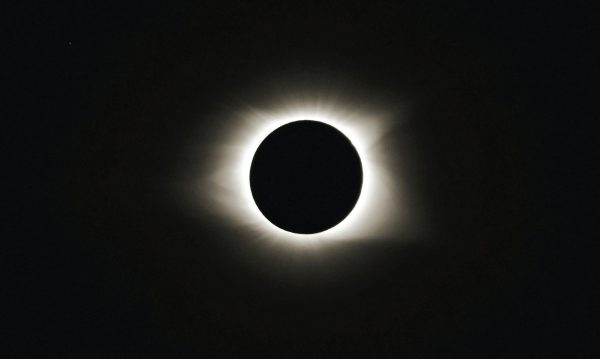The “Fauci Effect”: America’s Unexpected Medical School Surge
Photo courtesy of Matheus Ferrero on unsplash.com
January 22, 2021
Amid falling college and university enrollments this fall due to the COVID-19 pandemic, many medical schools around the nation are reporting an unexpected surge in applications, up 18% from the fall of 2019, according to the Association of American Medical Colleges, or AAMC.
As a standard of comparison, medical schools in the US usually see an increase of about 1 to 3 percent in applications year after year. Geoffrey Young, the AAMC’s senior director for student affairs and programs, attributes 2020’s record increases in medical school applications across the US to what medical schools refer to as the “Fauci Effect.”
This effect gets its name from Dr. Anthony Fauci, director of the National Institute of Allergy and Infectious Diseases. Dr. Fauci has recently become a bona fide celebrity, with bobbleheads to donuts bearing his likeness among the American public. As a leading figure in the White House’s coronavirus task force, Dr. Fauci acts as a role model for aspiring doctors and epidemiologists.
In an interview with CNN, Young compared the Fauci Effect with the surge of military enlistments after 9/11, in which young men and women, inspired by the efforts of military personnel, sought to dedicate their lives to the protection of the nation. Similarly, as the COVID-19 pandemic progresses and highlights healthcare workers’ sacrifices and heroism, more and more students are encouraged to complete their medical school applications and fight COVID-19, or future pandemics, on the front ranks.
“It’s the effect of a physician who is trying to and hopefully succeeding in having an important impact on an individual’s health, as well as on global health,” said Fauci. His statement touches upon the struggles of applying for medical school, and the sacrifices that medical students will potentially face to secure their dreams.
Most medical schools have acceptance rates of less than 18%. Stanford University’s School of Medicine, a leading medical school, only accepts 90 of over 11,000 applicants. Moreover, average medical school graduates finish with an overwhelming $241,560 in student loan debt. Despite these hardships, the number of medical school applications continues to surge. “Everyone feels some sort of responsibility,” dermatology medical assistant Kelley said. “There’s definitely a call to arms thinking that, if there’s another pandemic, it’ll be up to us.” There’s a statistical truth to Kelley’s words —the medical field is expected to face a shortage of physicians and doctors as the baby boomer generation retires. The AAMC estimates that the US will be short 54,100 to 139,000 physicians by 2033.
Another possible reason for the rise in medical school applications is the stay-at-home nature of the COVID-19 pandemic. Staying at home has opened up time for aspiring medical students to complete the lengthy application process for medical school, time that is usually spent studying for exams and immersing in college life. “This is a perfect time of no distractions,” said Kelley, who retook her MCAT (Medical College Admission Test) during the COVID-19 pandemic to improve her score.
Whatever the reason, the timing of the Fauci Effect couldn’t have been better, as more than two out of every five doctors now practicing will reach retirement age over the next ten years. Moreover, a notably higher percentage of traditionally underrepresented groups – Black, Hispanic, disabled, and rural or LGBTQ backgrounds – are present in 2020’s application season, bringing much-needed diversity to the medical field.



